Macrium Reflect Guide | How to Boot from Rescue Media (with Alternative)
Macrium Reflect's solution to recover computers by booting from rescue media saves users time and simplifies the data recovery process when the Windows operating system fails. The rescue media is saved on a CD/DVD or a USB drive. You can recover an entire disk or specific files with just a few clicks.
Don't know how to boot from rescue media and also how to create one? Keep reading to learn more.
What Is Rescue Media?
When powering on your computer, your computer wakes up all the components and boots the OS (operating system) installed on the computer's hard disk. But at times, the bootup process of the OS can fail for various reasons.
Macrium Reflect is used to create Rescue Media, which is a recovery image (snapshots) of your Windows operating system and the entire drive. You can boot your computer and also restore it using the rescue media.
The rescue media is stored on a USB flash drive or a CD/DVD, and it is nothing but a simplified version of your Windows operating system that you create using Macrium Reflect.
Macrium Reflect is available in both free and paid versions. The paid version has more tools and features when compared with the free version, such as incremental backups, ransomware protection, encrypting backups, and more.
How to Boot from Rescue Media
If you are an organization or an individual whose computer is not booting up and you have important data that you want to recover, you can do that by using the rescue media.
Here's how to boot your computer from rescue media:
Step 1. Turn on your PC and enter the BIOS window by pressing "F8" or the key that your PC manufacturer sets (F2/F10/DEL...) before the Windows logo appears.
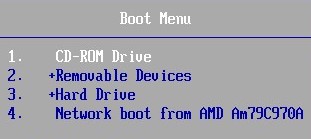
Step 2. Now, set the USB or CD/DVD as the initial boot device and the hard disk as the secondary boot device.
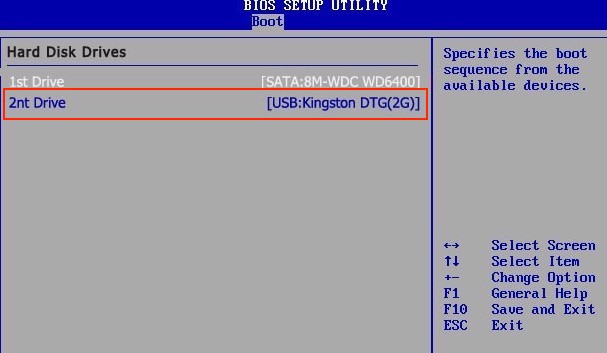
Step 3. Now press "F10" to save the changes and exit the BIOS settings.
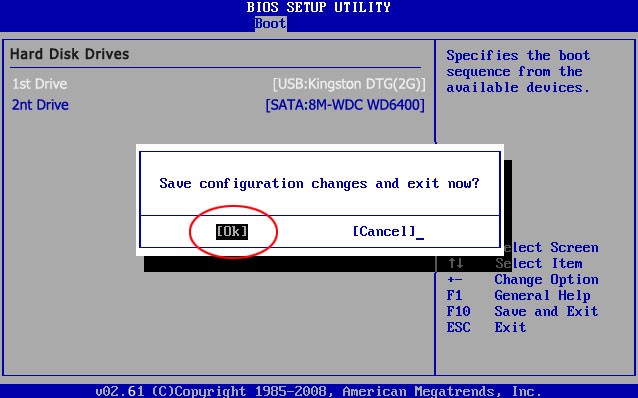
Step 4. Plug in the USB stick or place the CD/DVD into the optical drive that has the Rescue Media, and then restart your computer.
Your computer will now boot from the rescue boot disk.
How to Create a Rescue Media with Macrium Reflect?
The content above shows you how to boot from rescue media. If you're curious about the creating process of a rescue media, you can follow the steps here to check how to create one with Macrium Reflect.
- 1. Plug in the USB flash drive or place a blank CD or DVD in the drive.
- 2. Click the "Other Tasks" button and select "Create Rescue Media."
- 3. A Rescue Media wizard will open now with the default WinPE version. If you want to change it, select "Change PE Version". Now confirm your version and click on "Next."
- 4. If you are missing drivers that are required to create a restore image, you can add them by selecting "Update Drivers."
- 5. Select your Windows architecture, 32-bit or 64-bit, and click on "Next."
- 6. Now, select the device (CD/DVD or USB drive) and burn the bootable media, or you can also save it as an ISO image. Confirm your selection and then select "Finish."
Create Rescue Media with Qiling Backup - Macrium Reflect Alternative
Qiling Backup is a comprehensive program that you can use to backup your computer, create a bootable rescue media, encrypt and compress the backup image, and more.
Also, unlike with Macrium Reflect, Qiling Backup can backup your files to the cloud. You can choose to backup the files to EauseUS's cloud service (AWS-based) or third-party cloud service companies like OneDrive, Google Drive, Dropbox, and more.
Another unique feature of Qiling Backup is that it can automatically backup certain selected files and folders every 30 minutes with its Smart Backup feature. This ensures important files are accessible and are never lost.
- Back up an entire disk, selected files, or partition.
- Set Auto Backup tasks to run at a predetermined time, which can be daily, weekly, or monthly.
- Save backup copies locally and on the cloud.
- Upgrade hard drives by cloning HDD to SSD without reinstalling OS. (Paid)
If you're finding an alternative to Macrium Reflect, Qiling Backup is a perfect choice. Download it for free from the button below, and see how to create bootable media.
Step 1. Prepare a USB drive which can be written and read.
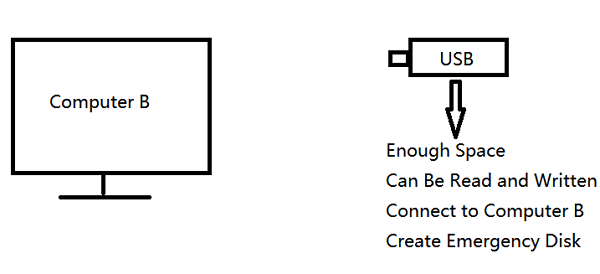
Step 2. Launch and install Qiling Backup on the Computer B.
Step 3. Find and click "Tools" and choose "Create bootable Disk".
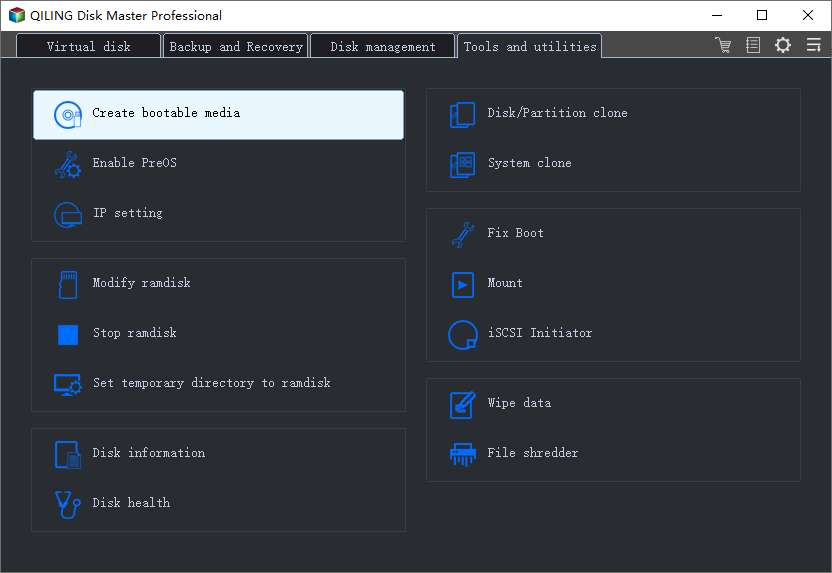
Step 4. Choose the Boot disk location. You can create an ISO file, a bootable USB or CD/DVD disc.
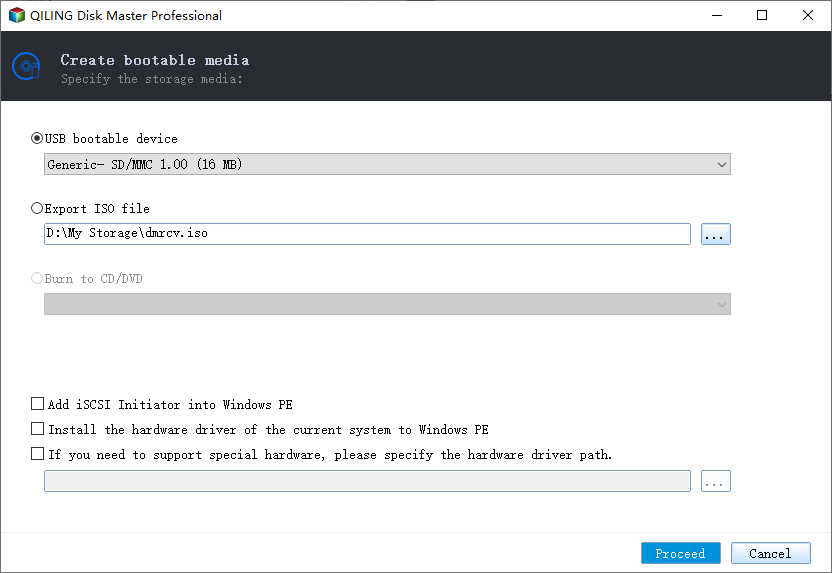
Step 5. Then click "Proceed" to start.
Qiling Backup vs. Macrium Reflect
Qiling Backup vs. Macrium Reflect, which is better for creating a system image or a data backup? Understand each software's features, pros, and cons and make a decision.
Tips for Troubleshooting a Computer that Won't Start
When a computer fails to boot, the first thing you should do is not panic. There are a few reasons why it could fail to boot, and here's how you can fix it.
- Connect the power cord properly
- Insert the RAM properly
- Clear CMOS
1- Connect the loose power cord properly
At times, the power cable can come off loose, and the power delivery to the computer could fail. You can fix this by:
- Confirm if the power cord is loose or not. If it is, plug it in properly.
- With a clean cloth, remove dust from the male connector of the power cord, and reinsert it properly.
You should clean your PC and its components regularly. If you don't, dust can get trapped and damage your PC's components permanently.
2- Clean and Insert RAM Properly
RAM misalignment or dust is the most common issue for PCs not booting properly. The computer won't start properly unless the RAM functions when you power on your PC.
You can fix this by following the below solutions:
- Remove RAM and reinsert it properly.
- With an air blower, clear dust from the RAM slot.
- Giving the RAM module a few strokes on either side with a pencil eraser is another effective way to clean the RAM.
Once you are done cleaning, re-insert the RAM into the RAM slot properly.
3- Windows Returns to the Startup Settings
If you are powering your PC and see the Advanced Boot options windows, you will try the safe mode. But if you restarted your PC several times and also tried Safe Mode several times, but still nothing works, here's what you can do to fix it:
Method 1. Run a system restore
In the Advanced Startup Options, run a System Restore to reverse recent changes.
In older versions of Windows, the Advanced Startup Options are also known as the System Recovery Option.
Depending on the Windows version that you are running, perform a System Restore.
Method 2. Clear CMOS
Even in Safe Mode, Windows may not start due to a BIOS misconfiguration. Fortunately, this could be fixed by clearing the BIOS memory from the motherboard.
Open BIOS settings, select Reset BIOS Settings and then press Save and Exit. This will return the BIOS settings to default settings.
FAQs
1. How do I make a rescue media bootable?
You can use Macrium Reflect or Qiling Backup using the free version of the software to create a rescue media.
2. How do I use Windows rescue media?
- Make the CD/DVD or the flash drive on which you have the Windows rescue media the initial boot device in the BIOS settings and then save and exit.
- Restart your PC, connect the USB drive, or insert the CD/DVD into the optical drive.
- Your PC will use the Windows rescue media.
The Bottom Line
The Windows OS can fail for various reasons, which is why one should create a rescue media and know how to boot from a rescue media if it fails.
But before you boot your PC with rescue media, you should always do the basic troubleshooting, such as connecting the power cord to the computer properly, checking the BIOS settings, and more. If the basic troubleshooting fails to boot your computer, you should try booting your PC with the rescue media.
Related Articles
- Windows Backup Problem: Windows Backup Stuck at 97%
- Why Is OneDrive Not Syncing on Windows PC? Answers and Fixes Are Here!
- Disk & System | How to Clone Windows 11 to SSD
- 5 Best Photo Backup Software for PC in 2022